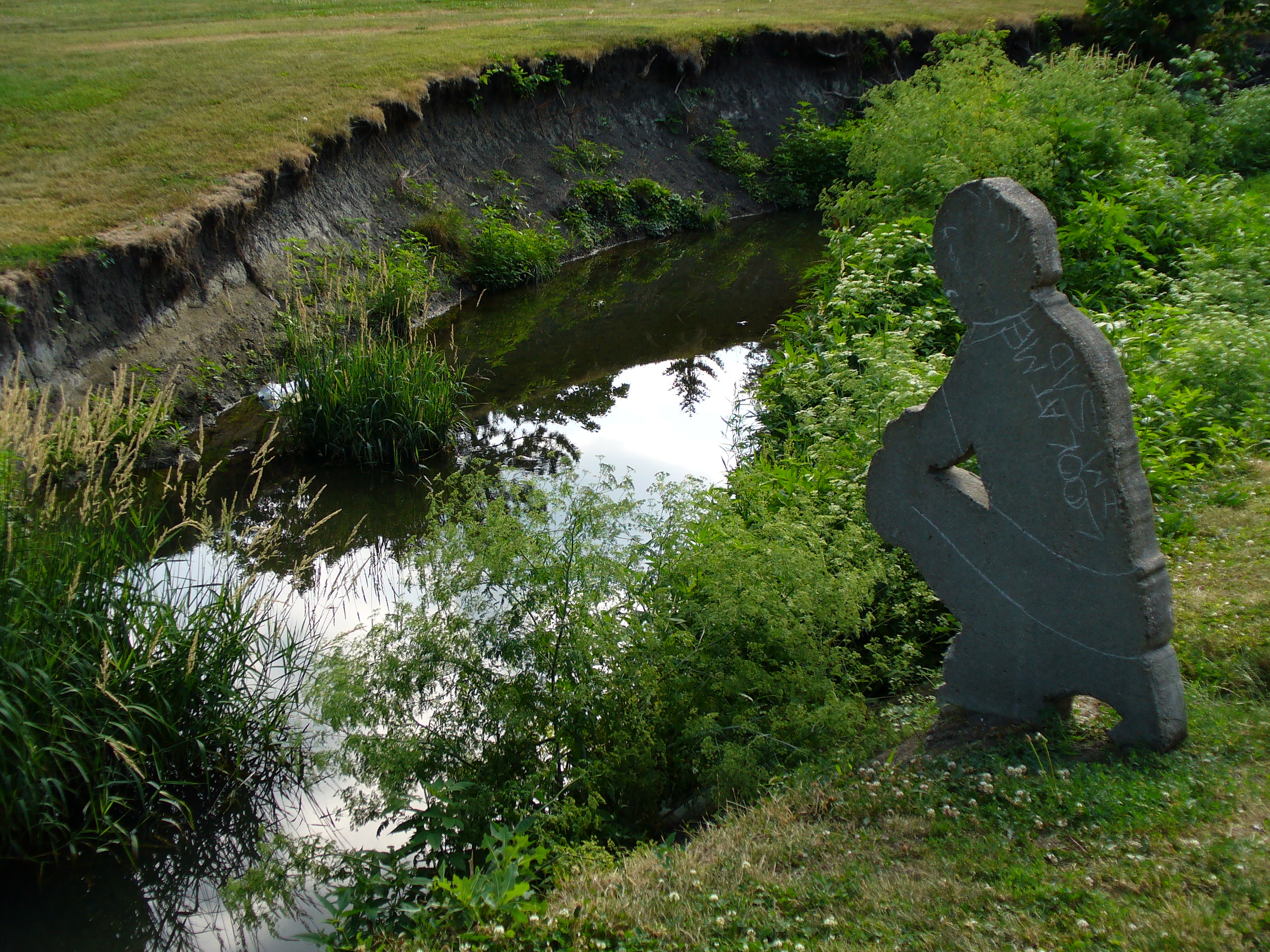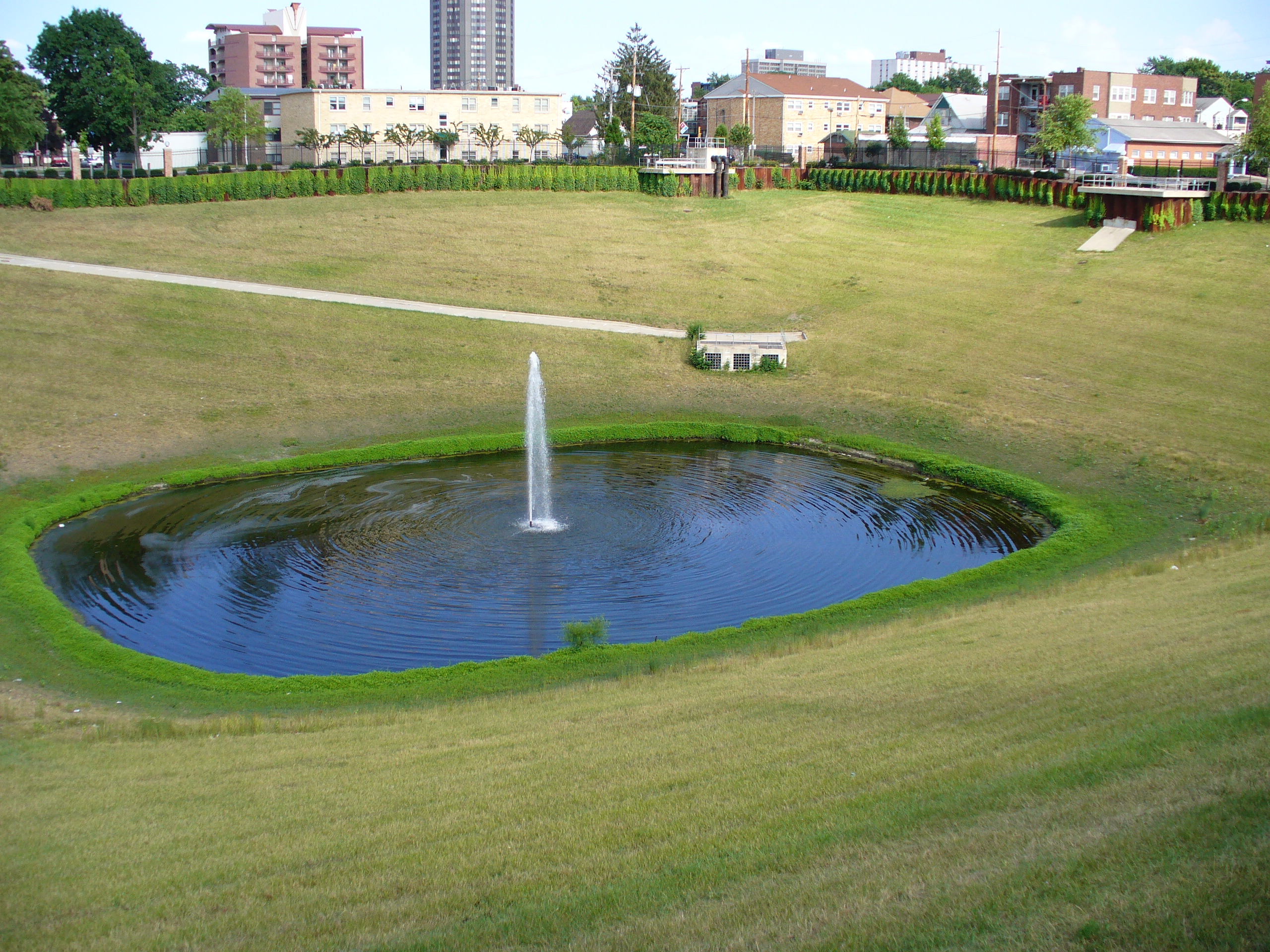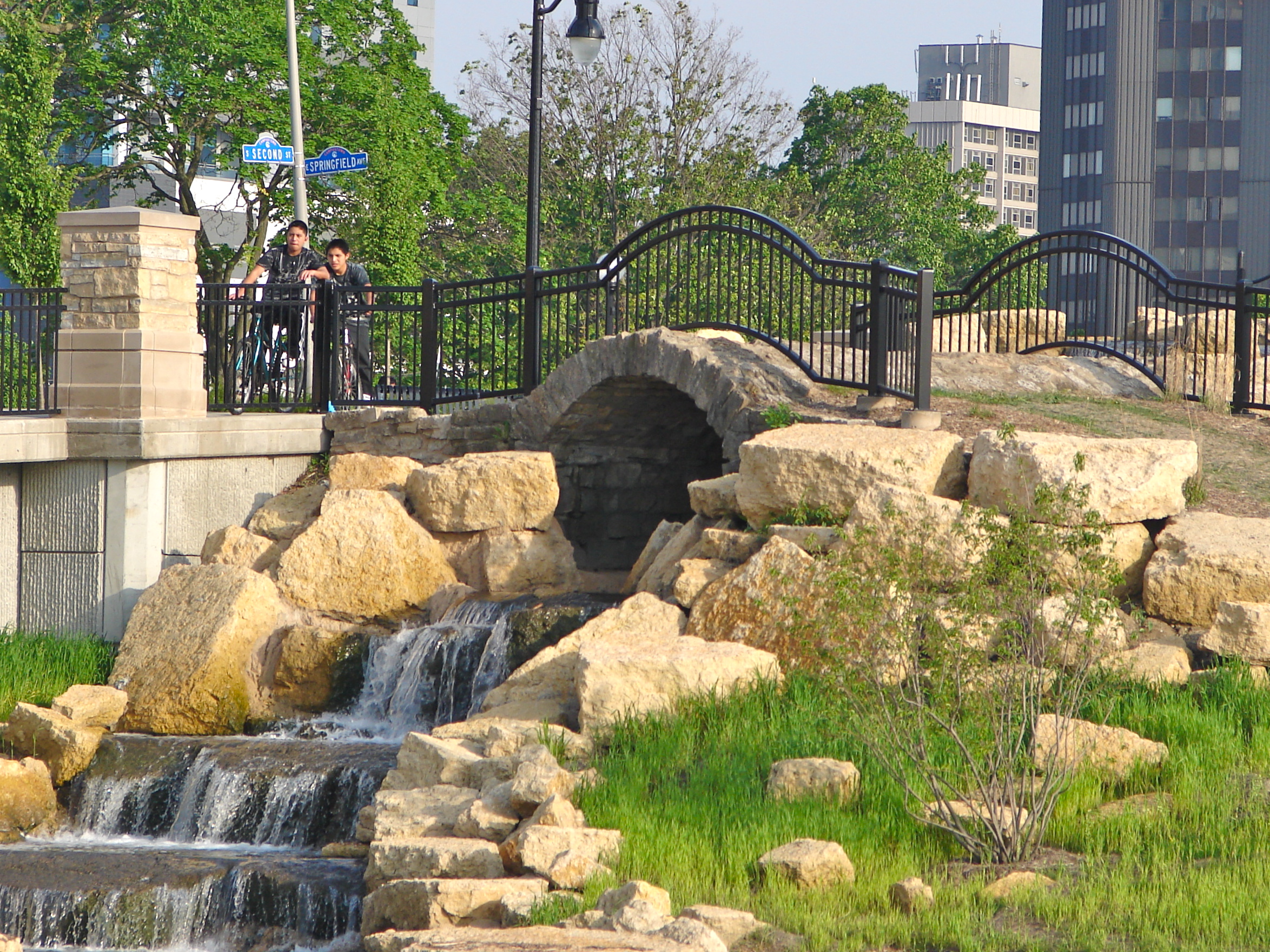Boneyard Creek on:
[Wikipedia]
[Google]
[Amazon]



 Boneyard Creek is a U.S. Geological Survey. National Hydrography Dataset high-resolution flowline data
Boneyard Creek is a U.S. Geological Survey. National Hydrography Dataset high-resolution flowline data
The National Map
, accessed May 19, 2011 waterway that drains much of the cities of
Boneyard Greenway
is a pedestrian and bike path that runs along the length of the Boneyard Creek from S 1st St to S 6th St. This path is used primarily by UIUC students, faculty, and local residents to navigate campus away from the busy sidewalks and streets of the main roads.
BoneyardCreek.orgPrairie Rivers NetworkUSGS Real-Time Stream Gage'Boneyard' University of Illinois Alumni play JazzBoneyard Creek bibliographyIllinois Harvest Boneyard Creek Collection (digitized documents)
{{authority control Rivers of Illinois Rivers of Champaign County, Illinois Champaign, Illinois Urbana, Illinois


The National Map
, accessed May 19, 2011 waterway that drains much of the cities of
Champaign
Champaign ( ) is a city in Champaign County, Illinois, United States. The population was 88,302 at the 2020 census. It is the tenth-most populous municipality in Illinois and the fourth most populous city in Illinois outside the Chicago metropo ...
and Urbana, Illinois
Urbana ( ) is a city in and the county seat of Champaign County, Illinois, United States. As of the 2020 census, Urbana had a population of 38,336. As of the 2010 United States Census, Urbana is the 38th-most populous municipality in Illinois. It ...
. It is a tributary of the Saline Branch
The Saline Branch, or ''Saline Branch Ditch'', is a tributary of the Vermilion River in east central Illinois. It drains a parcel of east-central Champaign County, including most of the city of Urbana, Illinois and the University of Illinois ca ...
of the Salt Fork Vermilion River, which is a tributary of the south-flowing Vermilion River and the Wabash River
The Wabash River (French: Ouabache) is a U.S. Geological Survey. National Hydrography Dataset high-resolution flowline dataThe National Map accessed May 13, 2011 river that drains most of the state of Indiana in the United States. It flows from ...
. The creek flows through the northern sections of the campus of the University of Illinois Urbana-Champaign
The University of Illinois Urbana-Champaign (U of I, Illinois, University of Illinois, or UIUC) is a public land-grant research university in Illinois in the twin cities of Champaign and Urbana. It is the flagship institution of the Univers ...
. The newsletter of the university's ACM chapter is ''Banks of the Boneyard'', named after the creek.
History
In pre-settlement times, the Boneyard, like most of the other watercourses ofChampaign County, Illinois
Champaign County is a county in the U.S. state of Illinois. As of the 2020 census, its population was 205,865, making it the 10th-most populous county in Illinois. Its county seat is Urbana.
Champaign County is part of the Champaign–Ur ...
, was probably a series of connected wetlands
A wetland is a distinct ecosystem that is flooded or saturated by water, either permanently (for years or decades) or seasonally (for weeks or months). Flooding results in oxygen-free ( anoxic) processes prevailing, especially in the soils. The ...
without a clearly defined channel. With settlement, the drainage was "improved". Today the Boneyard is a highly channelized stream, running in a slit trench, with steel sheet pilings along much of its length.
There are several stories about the origin of the name "Boneyard". One is that the local Indians
Indian or Indians may refer to:
Peoples South Asia
* Indian people, people of Indian nationality, or people who have an Indian ancestor
** Non-resident Indian, a citizen of India who has temporarily emigrated to another country
* South Asia ...
hung their dead over the stream, allowing the bones to fall into the creek, so that the creek was full of human bones when the first American settlers arrived. This could be an example of excarnation, which many Native American peoples indeed practiced. One problem with this story is that there have been no confirmed findings of human bones in excavations along the streams. In University of Illinois lore, the name "Boneyard" comes from the remains of poor students who could not handle the school's tough engineering curriculum. Another possible explanation is that the local Native Americans brought their "hunting kills" back to this area (communities would exist near local water sources) in order to clean and consume their food. The animal waste would likely have been located near the creek and bones would be the most likely waste to be found later.
In the 1950s, Professor Karl B. Lohmann, Professor of Landscape Architecture and Regional Planning at the University of Illinois, and Urbana Parks Commissioner, publicly advocated improving the Boneyard Creek.
Prior to the environmental movement
The environmental movement (sometimes referred to as the ecology movement), also including conservation and green politics, is a diverse philosophical, social, and political movement for addressing environmental issues. Environmentalists a ...
in the late 1960s the Boneyard was an open sewer, with floating solids and a foul stench. During the 1970s many sources of pollution were removed, and water quality gradually improved.
The Urbana-Champaign Sanitary District sewage outfall is located on the Saline Branch, just downstream from where the Boneyard enters that stream. Late in the 1970s, sewage chlorination, required by environmental regulations, was identified as a major negative factor for aquatic life. Although disinfection theoretically reduced the chances of hypothetical bathers contracting disease downstream of a sewage outfall, chlorination also killed most aquatic life for miles downstream. Late in the 1980s, the Sanitary District was allowed to discontinue chlorination. Fish soon returned to the Boneyard, after the chlorine block was removed from the Saline Branch. The fish, however, live a tenuous life on the Boneyard, which has frequently seen major fish kill
The term fish kill, known also as fish die-off, refers to a localized die-off of fish populations which may also be associated with more generalized mortality of aquatic life.University of Florida. Gainesville, FL (2005) ''Plant Management in Fl ...
s as a result of spills and other accidents in the urbanized area.
One branch of the Boneyard extends into South Neil Street, where it meets the headwaters of the Embarrass and Kaskaskia
The Kaskaskia were one of the indigenous peoples of the Northeastern Woodlands. They were one of about a dozen cognate tribes that made up the Illiniwek Confederation, also called the Illinois Confederation. Their longstanding homeland was in th ...
rivers. During the 1920s, the Illinois Central Railroad
The Illinois Central Railroad , sometimes called the Main Line of Mid-America, was a railroad in the Central United States, with its primary routes connecting Chicago, Illinois, with New Orleans, Louisiana, and Mobile, Alabama. A line also ...
tracks were elevated in this area, to allow traffic to pass under the tracks. The rail embankment cut off the South Neil branch of the Boneyard, creating "Lake Neil" after a moderate rain event. This flooding would subside over several hours as the water flowed under the rail embankment through tiles.
The City of Champaign, in cooperation with the University of Illinois, has set up a master plan for improving the creek's watershed.
During the 1980s, "Lake Neil" was eliminated by placing larger tiles under the rail embankment. This, however, had the effect of creating flooding on the other side of the tracks, near Fourth and Green, where the branches of the Boneyard joined. In wet years, flooding caused damage estimated to be as much as $1000 per year.
During the late 1990s, the City of Champaign resolved to eliminate the flooding near Fourth Street and Green Street. After considerable debate, the city built an enormous detention basin upstream of Fourth and Green streets, at a cost of approximately $22 million. The basin is designed to fill when the Boneyard approaches flood stage, preventing flooding at Fourth and Green streets up to a 100-year flood
A 100-year flood is a flood event that has a 1 in 100 chance (1% probability) of being equaled or exceeded in any given year.
The 100-year flood is also referred to as the 1% flood, since its annual exceedance probability is 1%.Holmes, R.R., Jr. ...
.
Coordinates
* - Scott Park, Champaign * - UIUC Engineering campus, Urbana * - Patterson Parklet, UrbanaBoneyard Greenway
ThBoneyard Greenway
is a pedestrian and bike path that runs along the length of the Boneyard Creek from S 1st St to S 6th St. This path is used primarily by UIUC students, faculty, and local residents to navigate campus away from the busy sidewalks and streets of the main roads.
See also
*List of Illinois rivers
This is a list of rivers in the U.S. state of Illinois:
By drainage basin
Gulf of Mexico
*Mississippi River
** Ohio River
*** Lusk Creek
***Saline River
***Wabash River
**** Little Wabash River
***** Skillet Fork
***** Elm River
***** Fox River
* ...
References
External links
BoneyardCreek.org
{{authority control Rivers of Illinois Rivers of Champaign County, Illinois Champaign, Illinois Urbana, Illinois